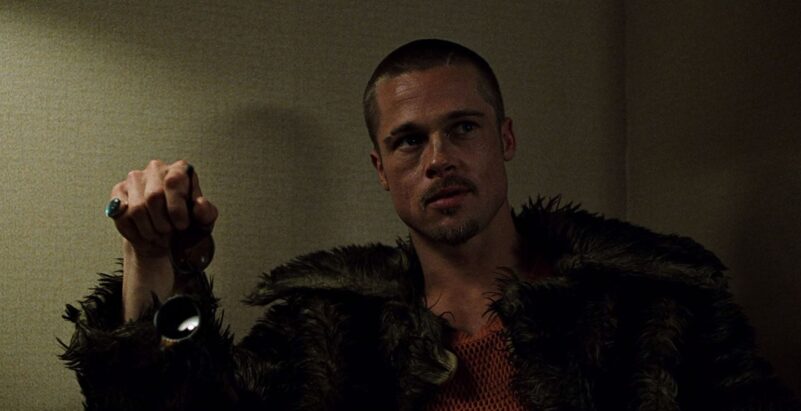Fight Club has it all. Drama. Dark humor. Action. Romance. Horror. Rebellion. Mystery. Terrorism. Subversion. Brad Pitt. It’s entertaining, yet challenging. It’s a psychological thriller with an all-star cast that’s got a gigantic cult following, but it’s also adored by critics. And, of course, David Fincher’s masterpiece has a twist ending that will make your eyes roll to the back of your head and make you forget what planet you live on. So for a movie that has it all…how do you even compare anything else to it? What movies are truly like Fight Club?
There is no easy answer to that question. And truth be told: no movie is like Fight Club. But there are plenty of films that come pretty close and simulate the best parts of Fight Club. We just need to break down the best parts of Fincher’s 1999 film to find the best options.
So that’s what this article aims to do. Here’s a list of movies that fans of Fight Club should check out. (And yes, we chose to forgo Christian Bale projects The Machinist and American Psycho and Leonardo DiCaprio films like Shutter Island and Inception that seem a little too obvious.)
Also, be sure to check out our complete breakdown of Fight Club.
The Game (1997)
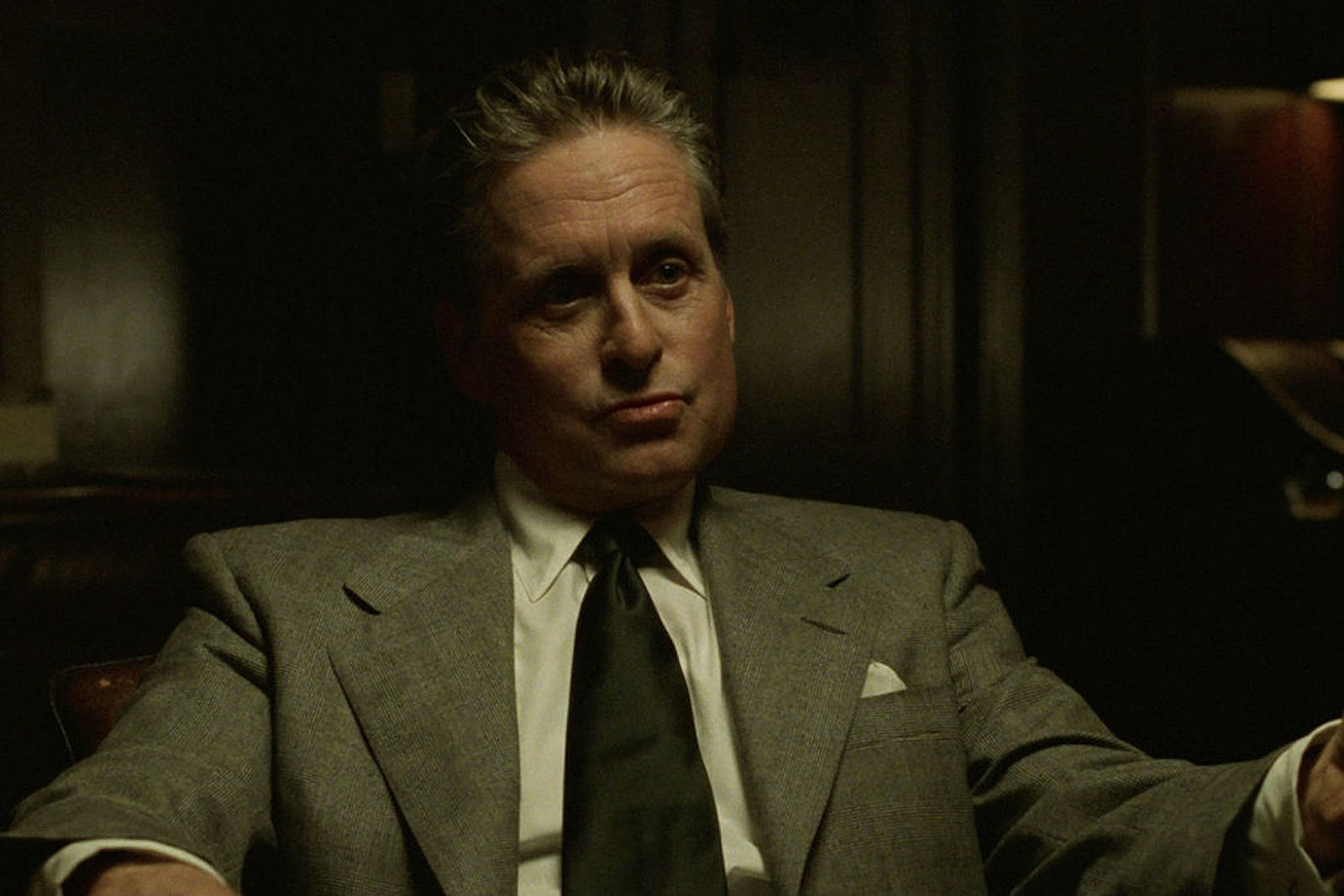
We might as well get David Fincher out of the way, right? There are several Fincher movies we could choose from: Seven, Gone Girl, Panic Room, The Curious Case of Benjamin Button, The Social Network. All of these films are backed by Fincher’s signature murky and gloomy aesthetic that has made him one of the most revered filmmakers in Hollywood.
But of all the movies Fincher has directed over the years, I actually think The Game—the Michael Douglas movie he made right before Fight Club—is the most similar (with Se7en being a close runner-up). The Game also features a protagonist who gets sucked into a wormhole of a plot that constantly folds onto itself and reveals new angles. It’s a movie that forces the protagonist into a detective role and keeps the viewer guessing up until the very last second. Sound familiar?
If you’d like an explanation of what happens in The Game (because, much like Fight Club, it’s a tad confusing), then check out our analysis of the film.
Nightcrawler (2014)
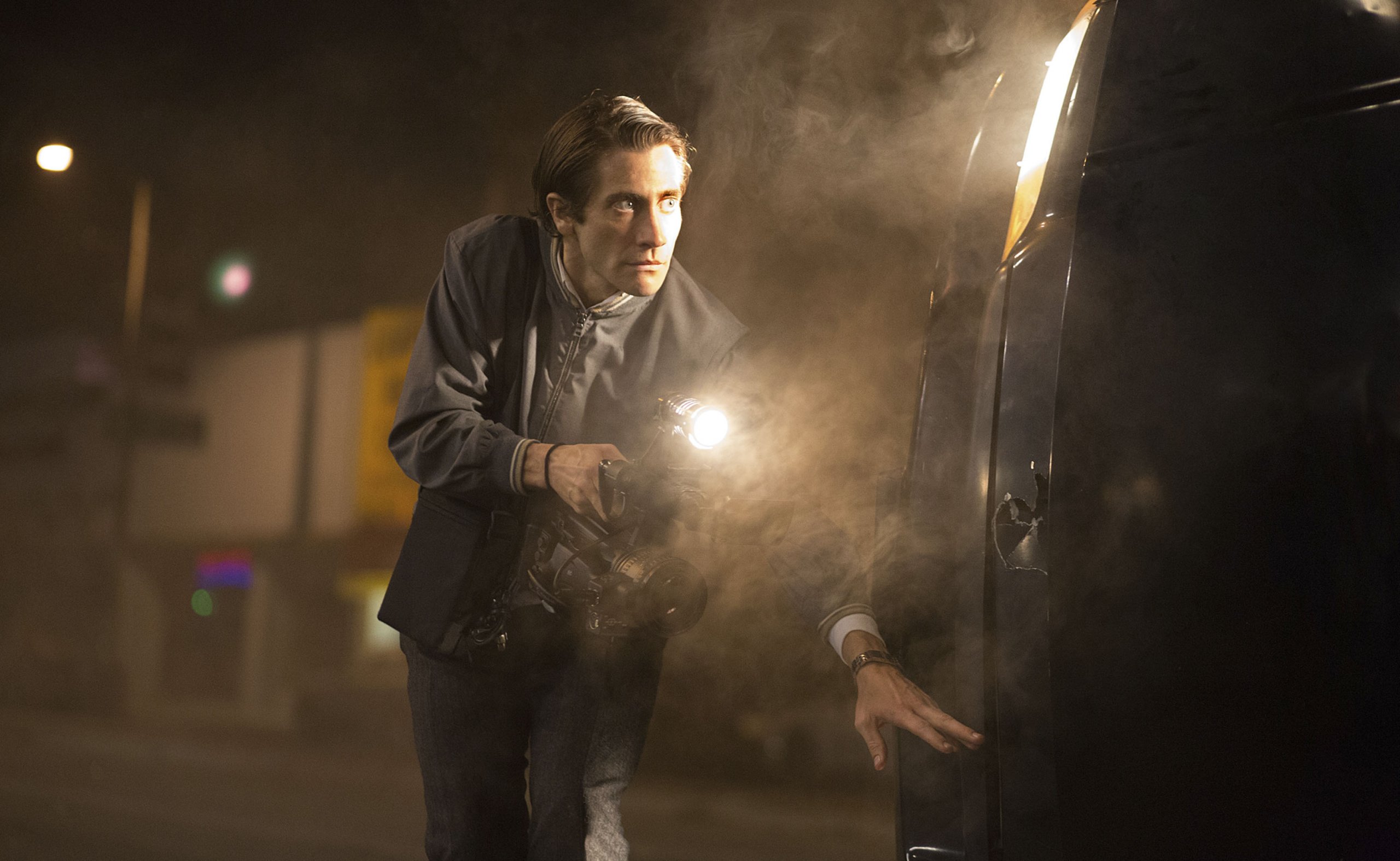
If there’s one thing we know for sure about Tyler Durden, it’s that he hates big business. The United States of America has preached capitalism for years as the foundation of its success. But this system has also created a great disparity in wealth between the top and the bottom—a wrong that Tyler seeks to right in the film.
So yeah, Fight Club is an overtly searing critique of capitalism. But there’s a movie that’s very similar in tone and a bit more subtle about it—and that movie is called Nightcrawler. Starring Jake Gyllenhaal, this neo-noir also largely takes place in the city nightlife, and features a troubled man at its center who is trying to find his place in the world. And, you know, there’s capitalism involved.
Being John Malkovich (1999)
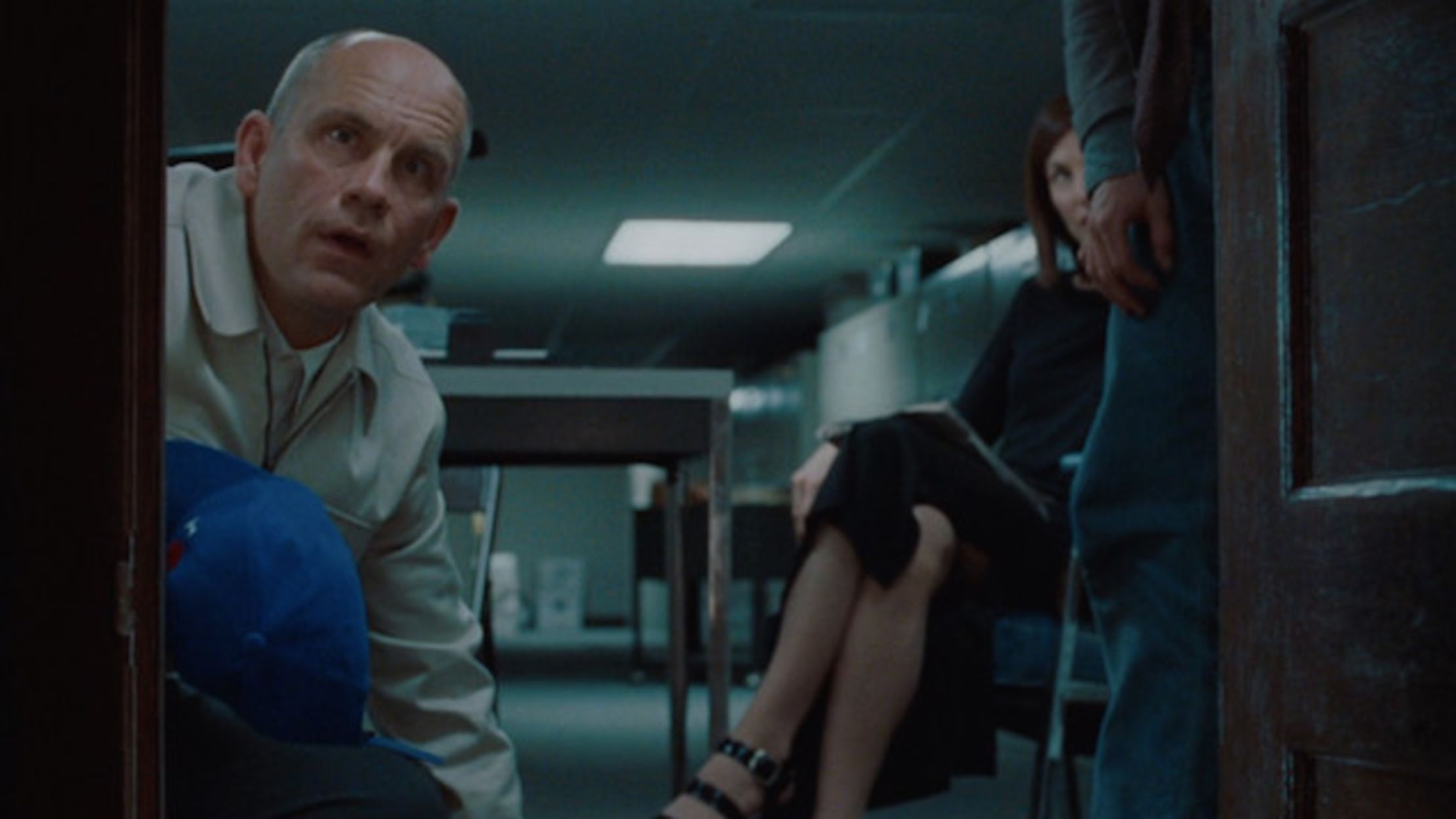
Fight Club features a romance that’s practically torn apart by a man’s mental hardships. Fight Club critiques how society can guide people down a narcissistic path. Fight Club details a man’s internal struggle to become his fully realized self.
For these reasons, it’s easy to draw comparisons to Being John Malkovich. But beyond the obvious, there’s also something very “1999” about these film’s aesthetics. The way each movie combats its grim, cynical center with provocation and humor feels very much of the time. Each movie settles into its style in a way that instantly makes them feel like brothers.
If you’d like a complete breakdown of what’s going on in Being John Malkovich, then read our definitive explanation.
What Ever Happened to Baby Jane? (1962)
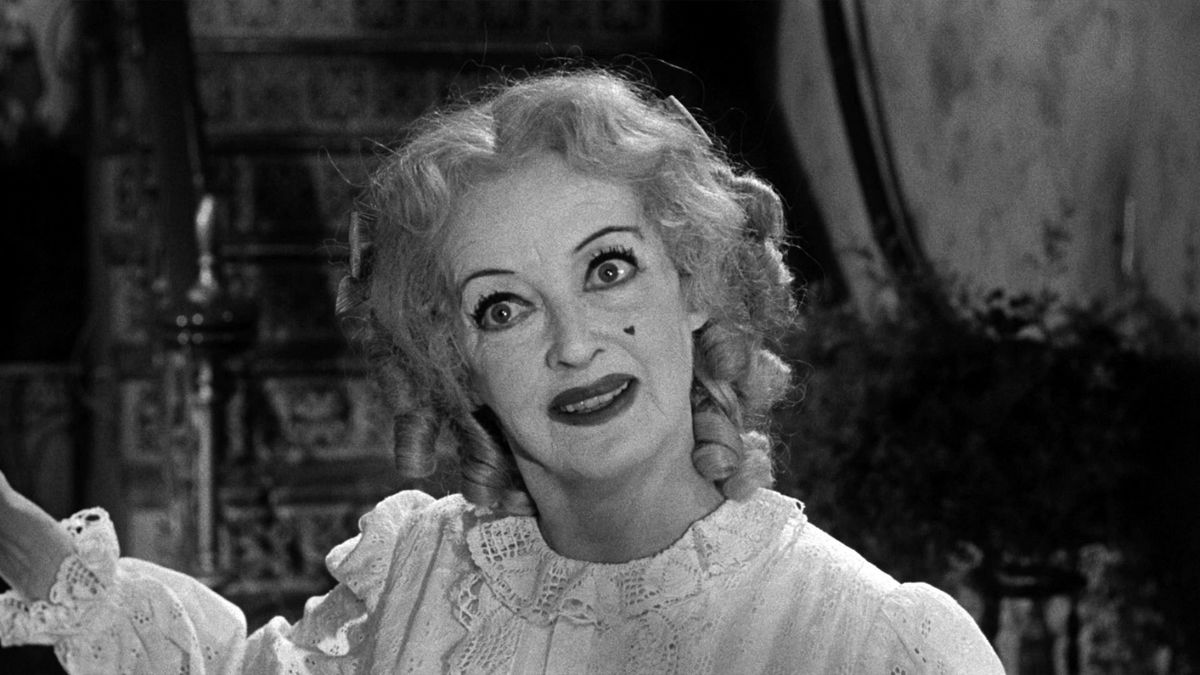
At the heart of Fight Club is a struggle between two men. And the fact that those “two men” are actually just “one man” is a tale as old as time in storytelling. Edward Norton’s nameless character’s struggle isn’t one with another man—it’s a struggle with himself. And he needs to work past his own issues before he’s ready to become part of the world.
This may seem like a strange pick, but this aspect of Fight Club makes me think of the classic What Ever Happened to Baby Jane? When comparing movies to Fight Club, I feel like it’s easy to pick films with a more masculine energy. But the sadistic nature of What Ever Happened to Baby Jane? feels strangely appropriate in this case—especially once you experienced the vitriolic relationship between the two main characters in the 1962 film.
The Sixth Sense (1999)

One of the most interesting things about Fight Club is that you need to watch it a second time. After the first viewing rips the rug from underneath your feet and flips you on your own head, you’ll need to race through a repeat viewing and look for all of the signs you missed about the legendary twist ending.
Well, the same is true for The Sixth Sense. While these two movies aren’t necessarily similar in tone, they do each boast a mind-bending ending that makes you question everything you just watched. What was real and what was fake? Who do I trust? How does this revelation change the themes of the movie? The end of Fight Club brings up all these questions—and so does the end of The Sixth Sense.
Chungking Express (1994)
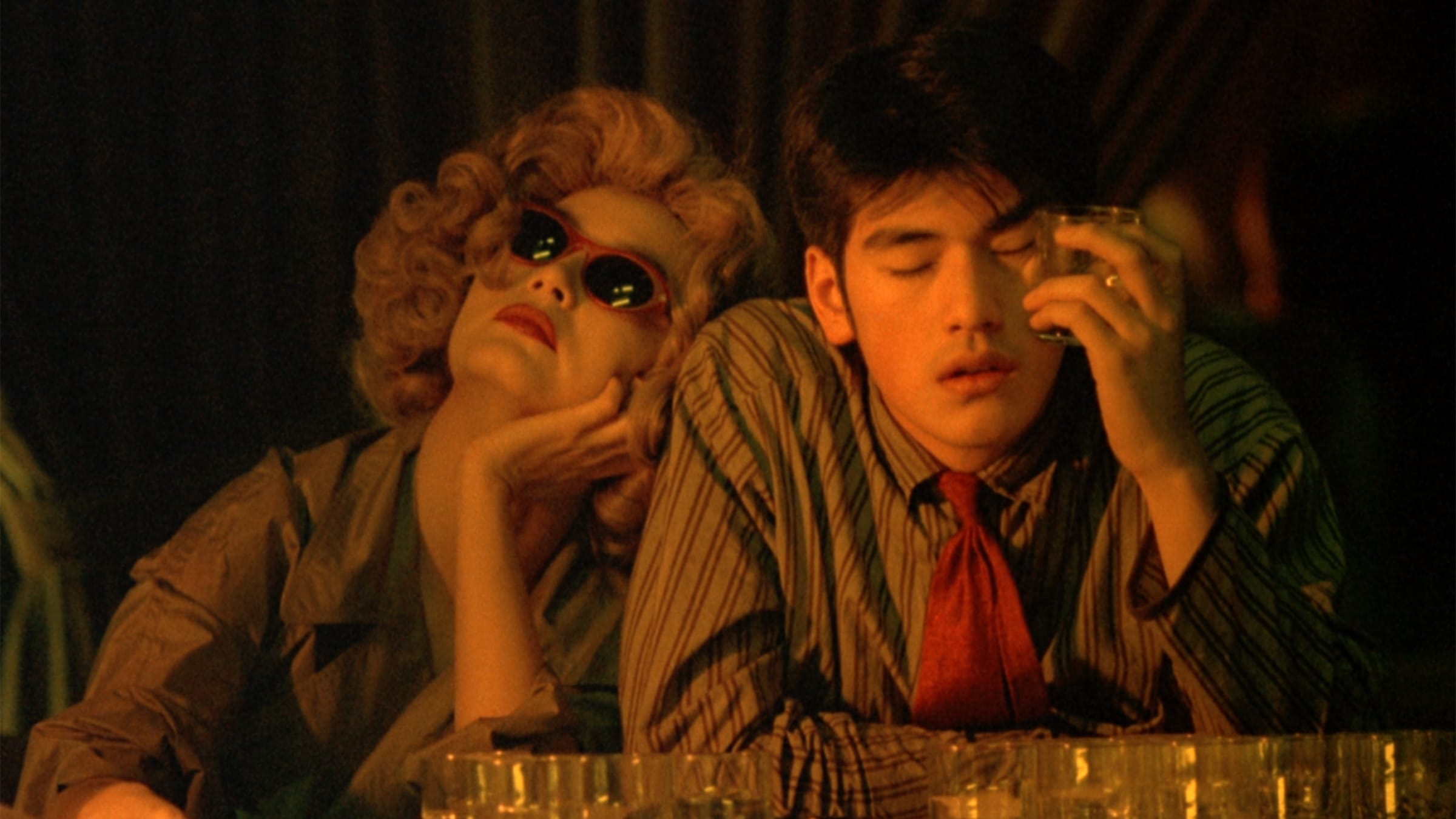
The insanity of Fight Club’s narrative and the brutality of its societal critique might make us forget that the movie is also very much a love story. Until Edward Norton’s character can overcome his crippling mental problems, he won’t be able to entertain a meaningful relationship with Marla.
This immediately makes me think of the film Chungking Express. While these movies are backed by directors with wildly different styles, each of these particular movies does feature a romance at its center that can’t blossom until the characters are ready. In that sense, every character in Chungking Express is a version of Edward Norton.
If you’d like some insight into key themes of Chungking Express, then be sure to check out our piece on the film.
Jacob’s Ladder (1990)
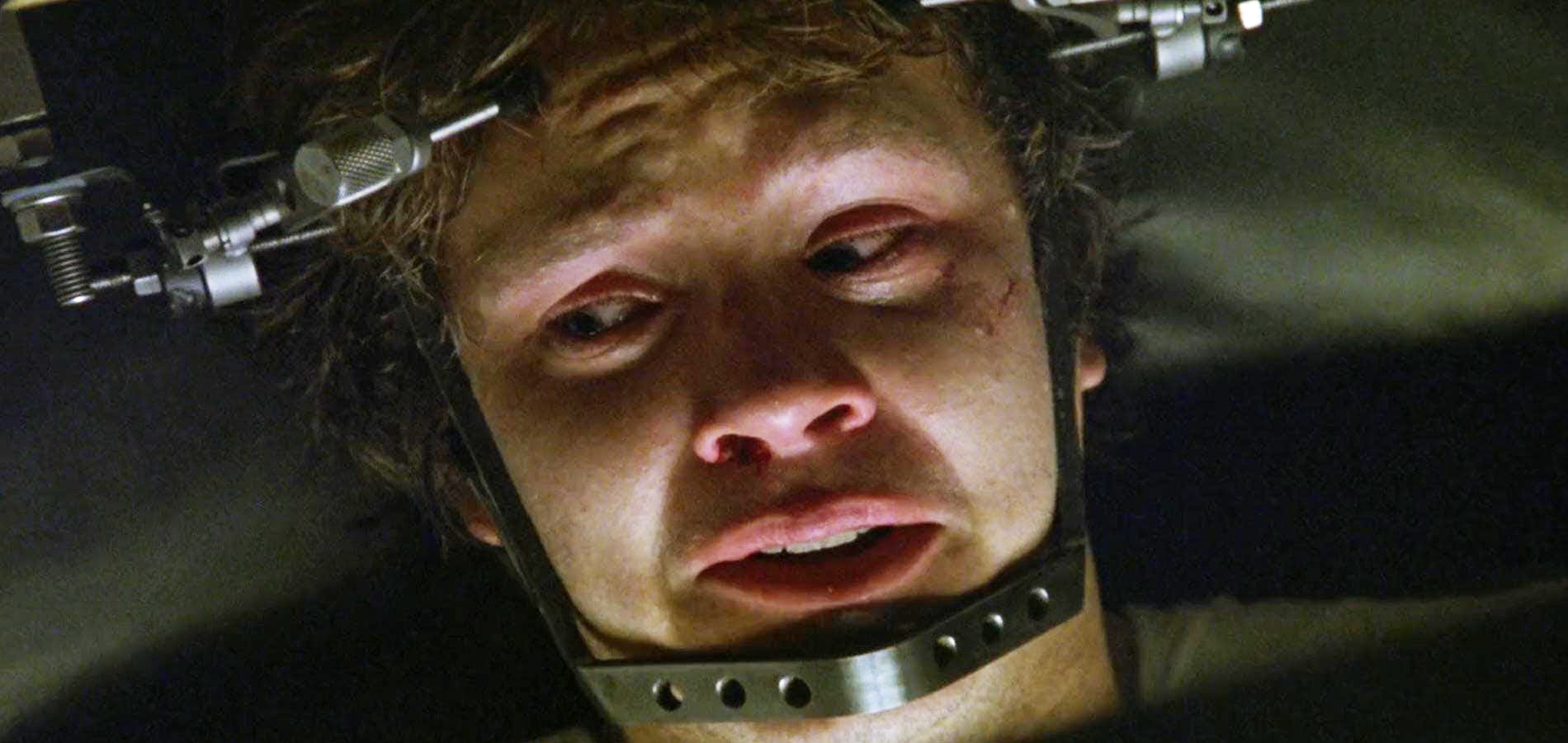
Unless you’ve been primed about Fight Club ahead of time, then you’re never quite ready for the experience The wild energy, the labyrinthine plot, the twist ending—it’s a movie that keeps you on your toes. Whenever you think you’re a step ahead of the film? You’re actually a few steps behind.
This disorienting experience is pretty similar to another ‘90s movie that plays tricks with your mind: Jacob’s Ladder. It’s a film where you’re never quite sure what’s real and what isn’t. For the entirety of the movie, you’re playing catch-up alongside the main character—who is also desperately trying to piece everything together.
This is Not a Film (2011)
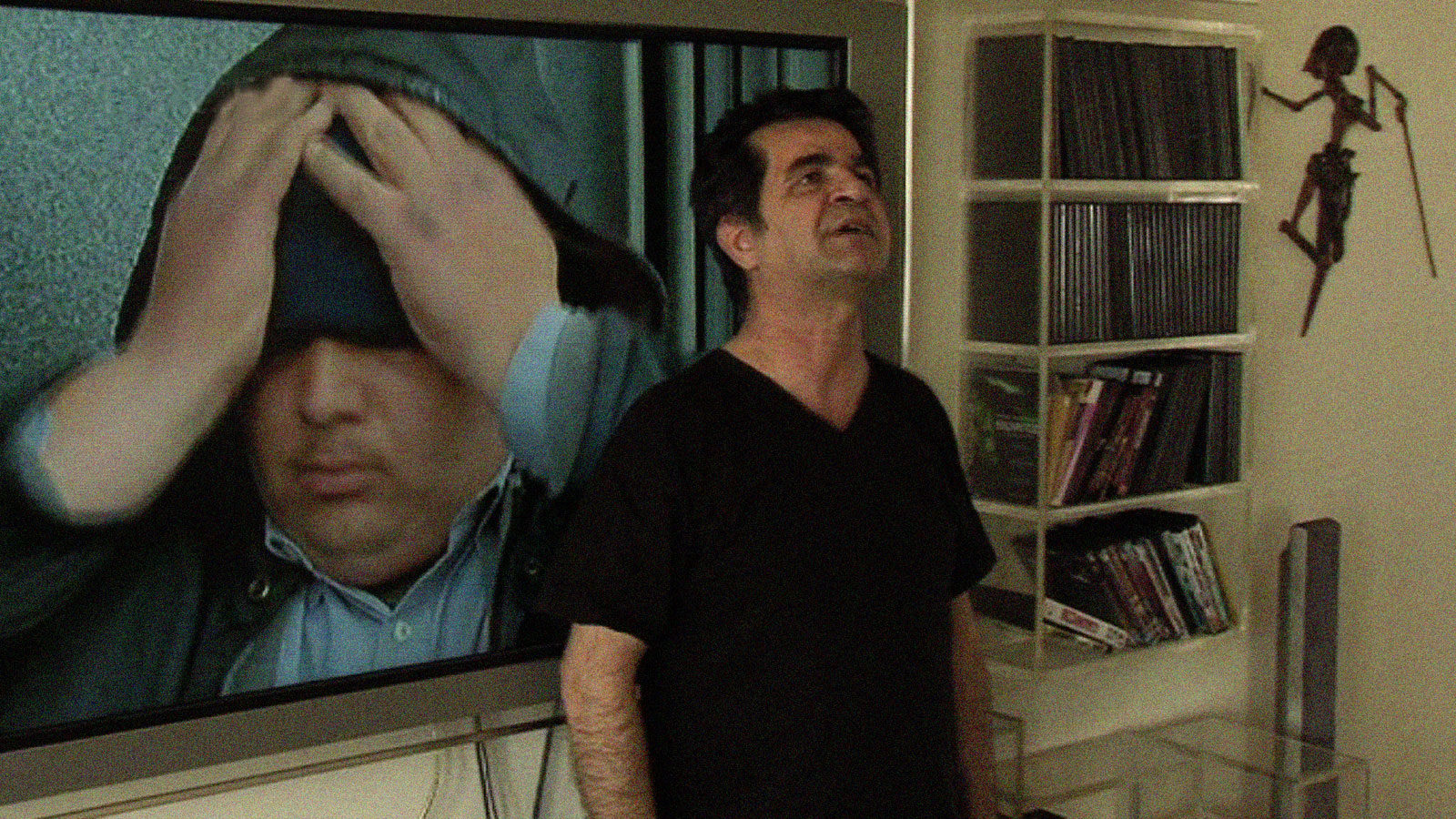
The twist ending of Fight Club reveals the thematic meat of the film, and questions the very idea of one’s “self.” And one of the motifs used throughout the movie to accentuate that point is the very art of filmmaking itself. The film reels, the splicing, the shift in perspective—it’s all part of the message. Who is really telling the story? Are we truly in control of our own destinies…or are we just playing out someone else’s narrative?
There are hundreds of metafilms I could choose from to solidify this comparison. But I’d like to highlight one of the lesser known ones: This is Not a Film. While the movie is filmed like a documentary, This is Not a Film is anything but. It’s seemingly a documentary about director Jafar Panahi’s expulsion from the filmmaking world. But as the movie unfolds, This is Not a Film reveals it to be a man’s desperate attempt to reunite with the world. The connection to Fight Club in that case should be obvious.
Mulholland Drive (2001)
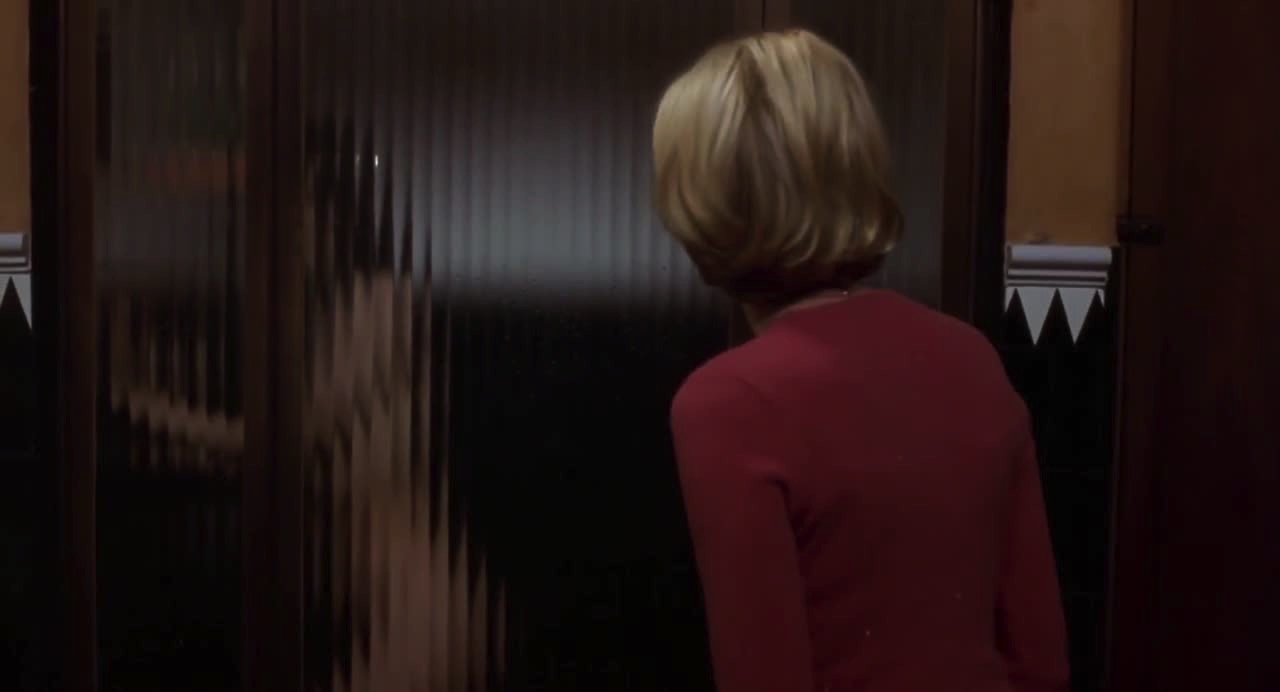
I think some people get really caught up in the logical structure of Fight Club. Yes, the twist ending can be a tad confusing, so piecing together the narrative can make the film a more enjoyable experience. But it’s much more rewarding to understand what Edward Norton’s multiple personalities says about society itself. It’s that larger commentary that makes the film transcend.
For that reason, Fight Club reminds me of Mulholland Drive. While Mulholland Drive tackles a much different topic (the crippling chase of the Hollywood Dream), the critique is every bit as scathing. Both films end up exposing how society can drive people towards ugly paths and tragic endings.
Be sure to read our explanation of Mulholland Drive’s winding plot.
Funny Games (1997, 2007)
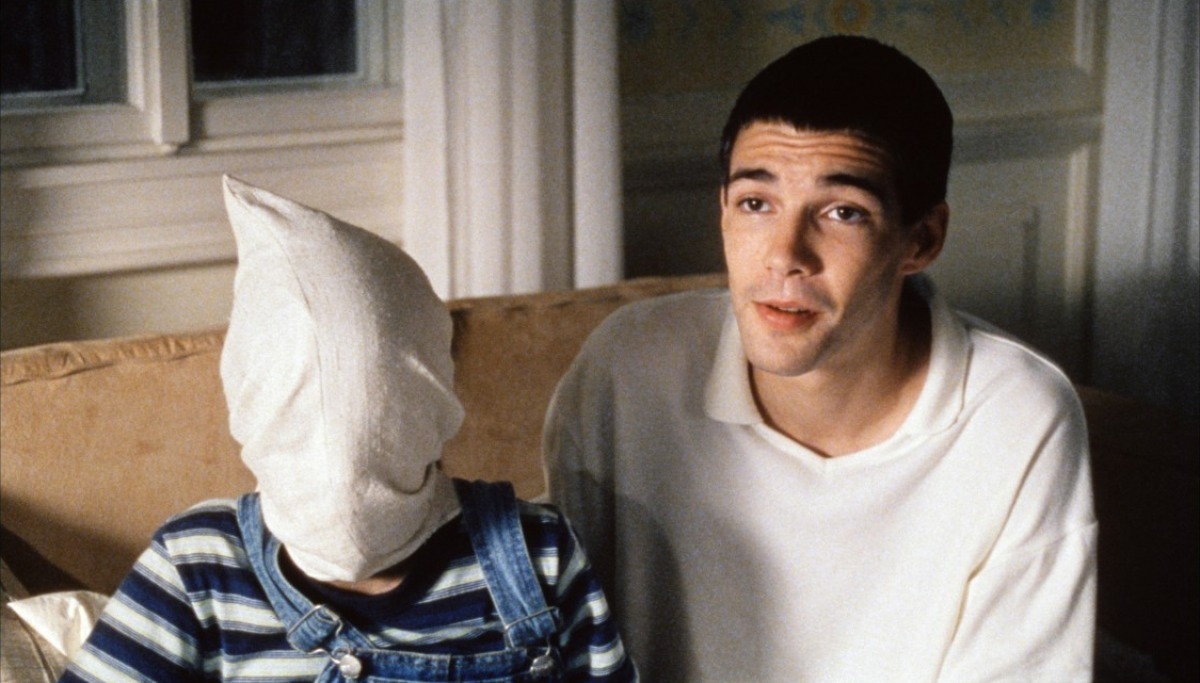
In many ways, Fight Club can feel like a defeating film. While Edward Norton seemingly comes out on top in the end, he’s also very much a victim of his situation. Can he recover from this ordeal? What does the future promise someone as mentally troubled as him? Can the “good guys” truly ever win? For practically the entirety of the film (especially when we consider the film’s twist revelation), Edward Norton feels lost in his struggle.
This sense of destruction permeates Fight Club throughout—as well as another movie called Funny Games. This film from Michael Haneke has actually been made twice…both times by Haneke. Shot for shot the same, actually. And in both renditions, the main characters feel hopelessly at the mercy of the evil antagonists.
Pulp Fiction (1994)
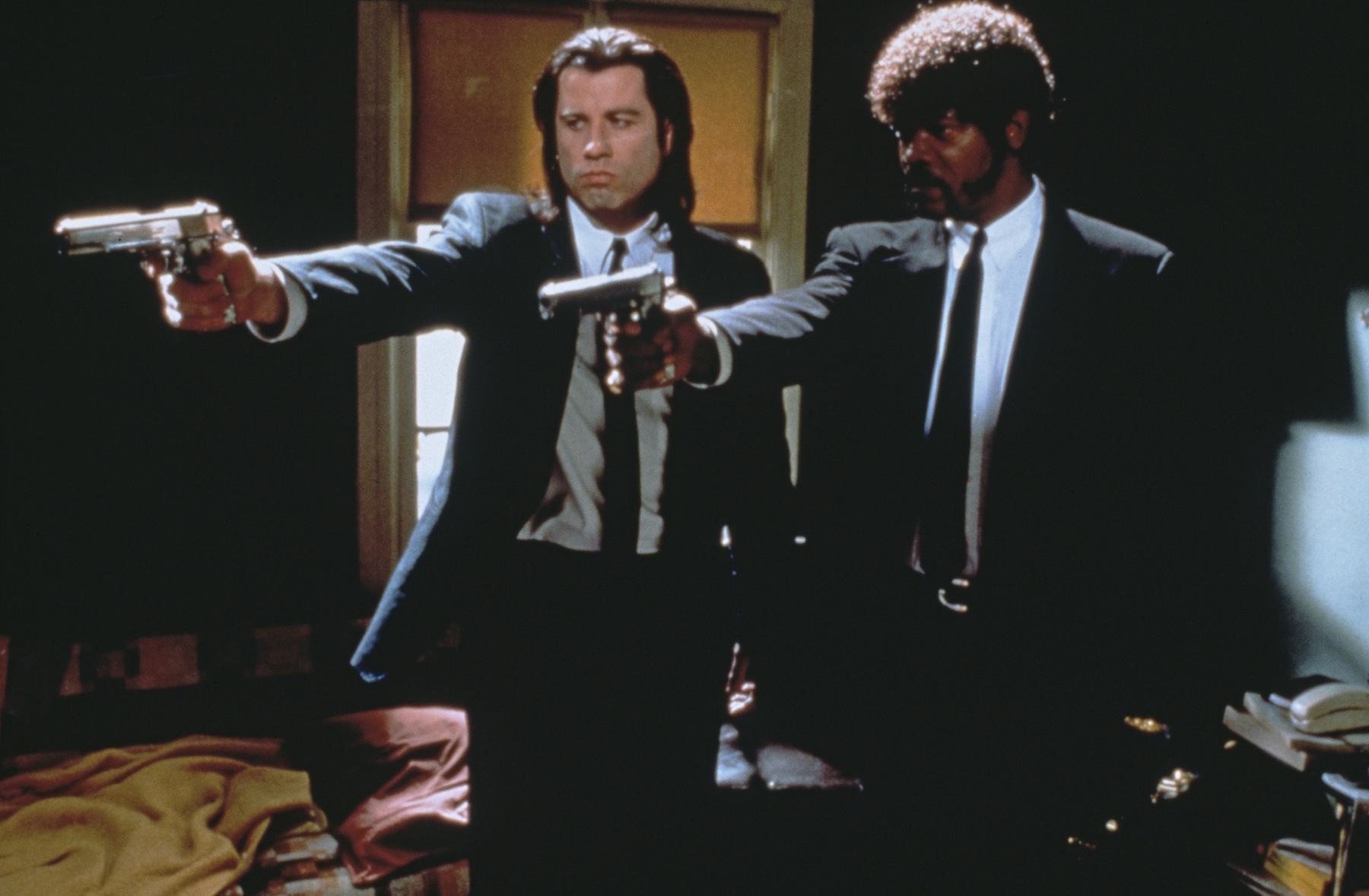
As much as Fight Club feels like a “90s movie” in its style and approach, it was actually a very progressive and dynamic film that separated itself from the pack. Fincher’s eloquent eye brought a unique look to his 1999 masterpiece that would go on to influence many other filmmakers.
In that way, Pulp Fiction is a worthy companion to Fight Club. Yes: Quentin Tarantino and David Fincher are very different filmmakers. But what they share is an aversion to the ordinary. They are auteurs who came into their element during the 1990s, and in that way Pulp Fiction feels like an uncle (or a mentor) to Fight Club.
The Lake House (2006)
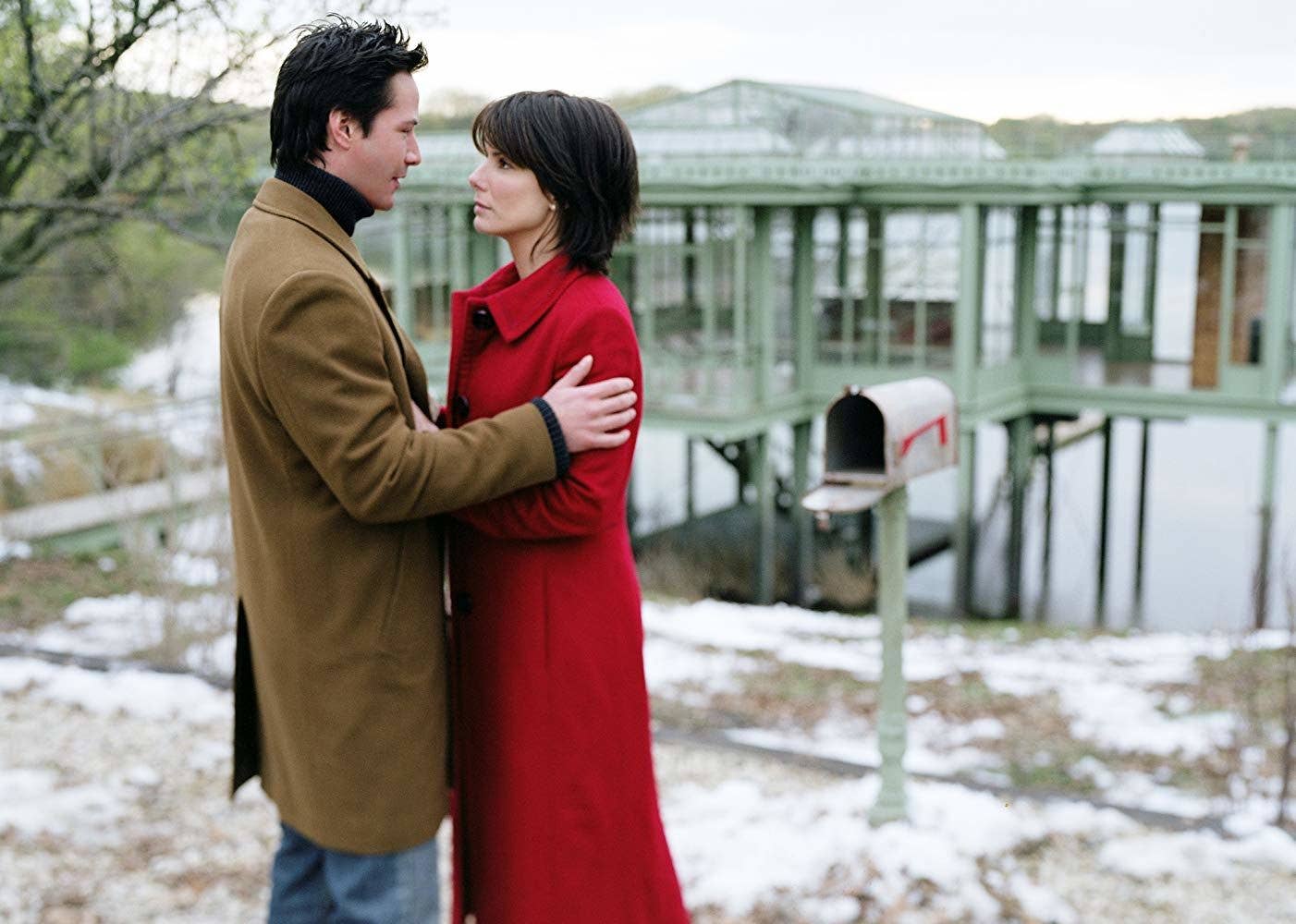
This one will undoubtedly make people’s heads turn. Isn’t The Lake House…a dramatic romance? Starring Keanu Reeves and Sandra Bullock? Can that movie really be anything like Fight Club?
I understand the resistance. But remember: Fight Club has a romantic angle that’s sidelined by something beyond the characters’ control. The romantic story of The Lake House is also dictated by a greater power, and its outcome is guided by a “twist” ending that forces the viewer to rethink the thematic meat of the film. Believe it or not, Fight Club and The Lake House share more similarities than meets the eye.
Donnie Darko (2001)

The most extreme aspects of Fight Club make it seem like a movie that isn’t very relatable. But once we look past the multiple personalities, we can ultimately recognize a human being struggling with something very familiar: the fight to find meaning in one’s life. The world’s problems can often make us feel small. And insignificant.
In this way, Donnie Darko is a spiritual successor to Fight Club. Richard Kelly’s film also finds a central character who can’t seem to overcome mental roadblocks. Donnie desperately wants to make sense of his crazy life and regain control of his frenzied mental psyche—but it takes work. He needs to first work past those roadblocks if he wants to come out the other side a better man. After you watch the movie, check our full analysis.
East of Eden (1955)
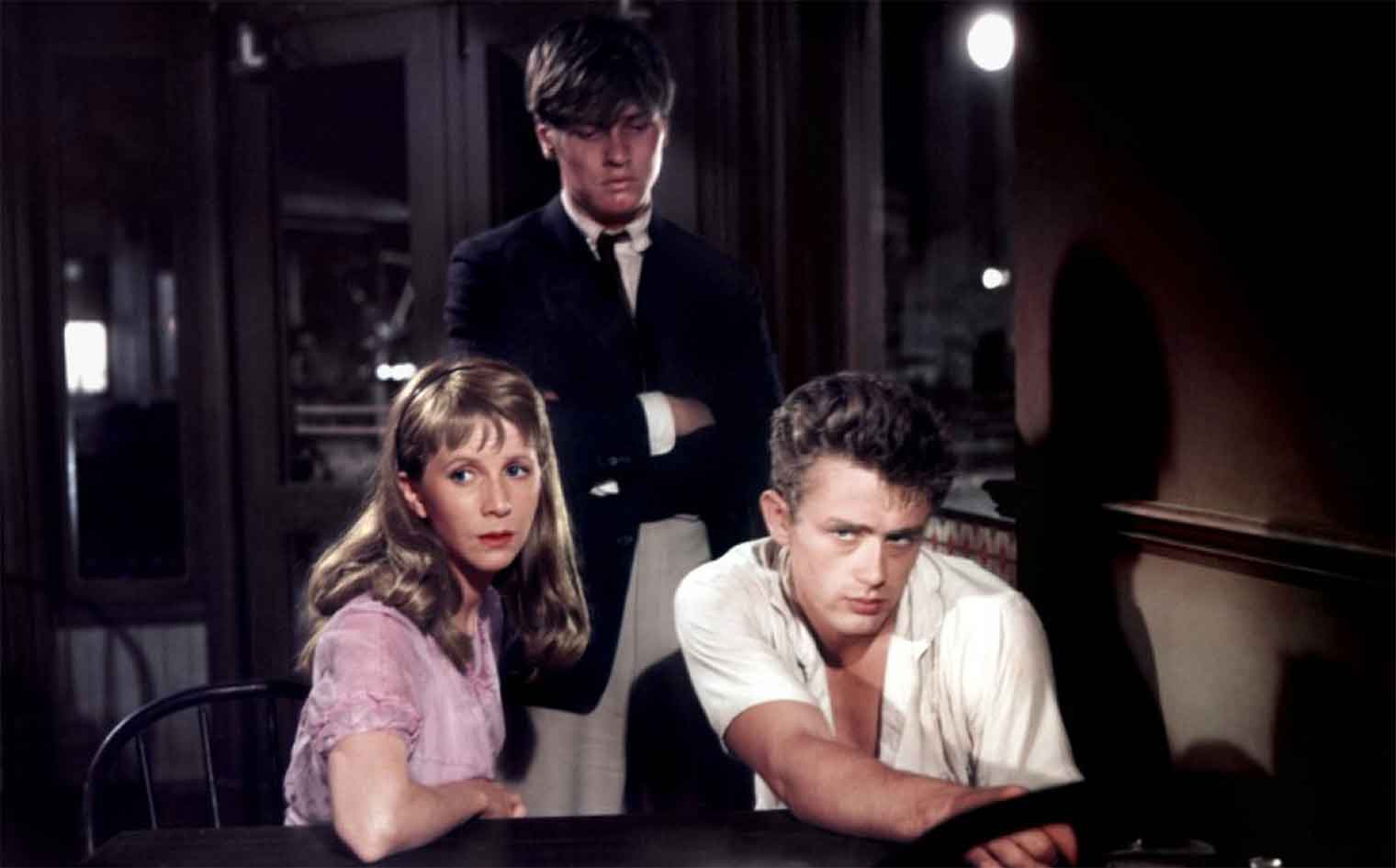
It might be strange to think of Fight Club as a “coming-of-age” story. But in many ways the movie feels like it is. Often, we blame the anger and resentment we feel on society, on the state of the world. But those emotions are usually rooted in fear and in our inability to work past our own insecurities.
Thus, I feel like there are shades of Fight Club in Elia Kazan’s 1955 film East of Eden. While this film is much more blatantly a coming-of-age tale, it’s also striking in how the main character’s contempt for society is reflected in Tyler Durden.
Punch-Drunk Love (2002)

Paul Thomas Anderson and David Fincher share more similarities than most people recognize. As auteurs, they make incredibly specific stylistic choices regarding their characters. And the growth their characters experience over the course of their films feels so honest and real—even when the situation is outlandish and drastic.
I think Punch-Drunk Love is the Anderson film that comes closest to Fight Club. The director’s ability to detail a man’s mental deterioration in the face of promising new love is very reminiscent of Edward Norton’s character.
The Prestige (2006)
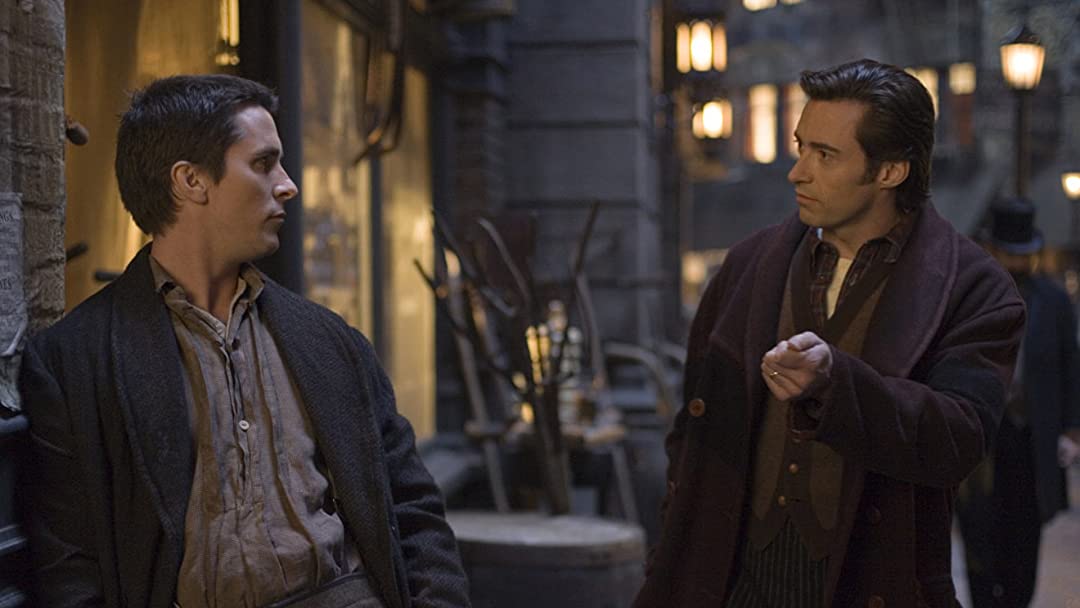
It’s always fascinating when a director like David Fincher can reach so many different audiences. He’s adored by critics, but he’s also able to crank out box office juggernauts that connect with moviegoers on a much larger scale. And that’s largely thanks to the inventiveness of his storytelling and his ability to keep you guessing.
So if I’m going to make comparisons with Christopher Nolan—another director who’s adored by movie lovers around the world—then The Prestige is the film I’d choose to establish the connection. Like Fight Club, The Prestige is the kind of movie where you’re constantly trying to keep in step with the storytelling. It’s a special brand of entertainment that these kinds of directors have an incredible ability to tap into.
Enter the Void (2009)
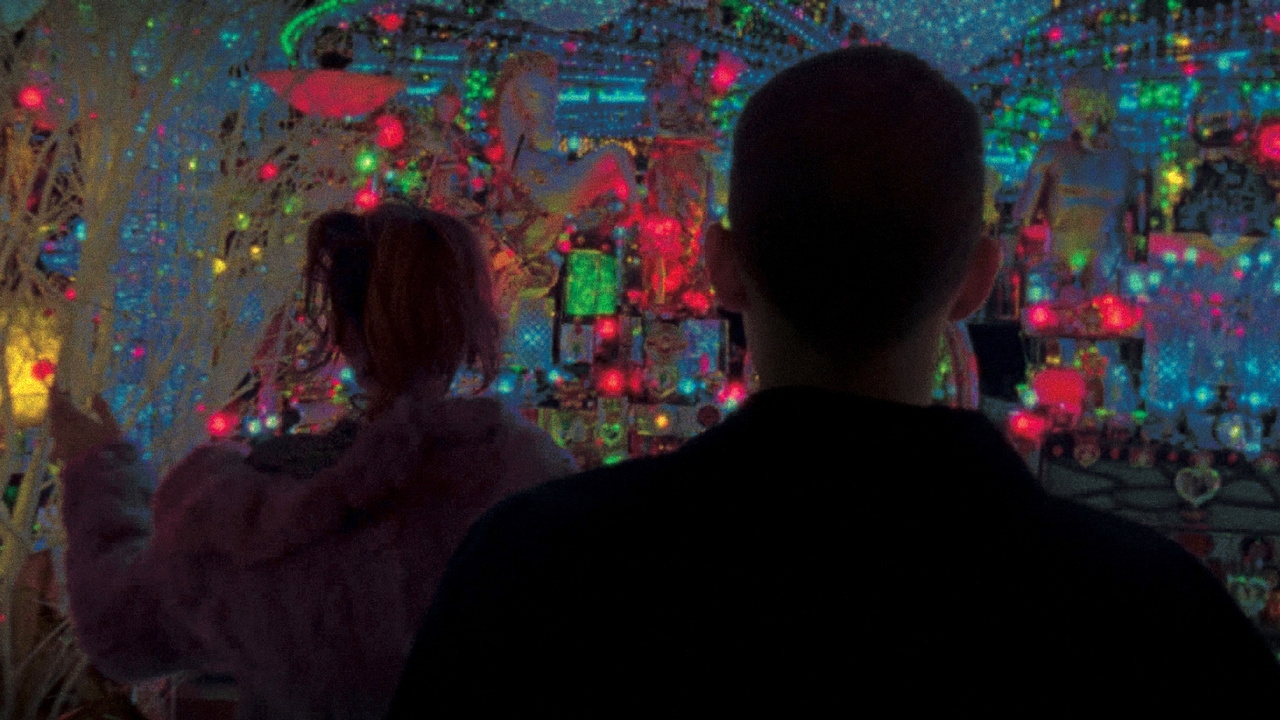
Once we come out from the other side of Fight Club, we ultimately find that it’s a movie about a man’s struggle to understand himself. In Fincher’s film, Edward Norton’s character is able to do that by recognizing his other personality and learning to overcome it.
But in Enter the Void, Gaspar Noé takes a much more directly philosophical approach with a man who gets to reevaluate his life after being killed. While this is a very different take on a similar idea, you’ll instantly recognize the familiar struggle of how difficult it can be to confront your worst faults.
Eternal Sunshine of the Spotless Mind (2004)
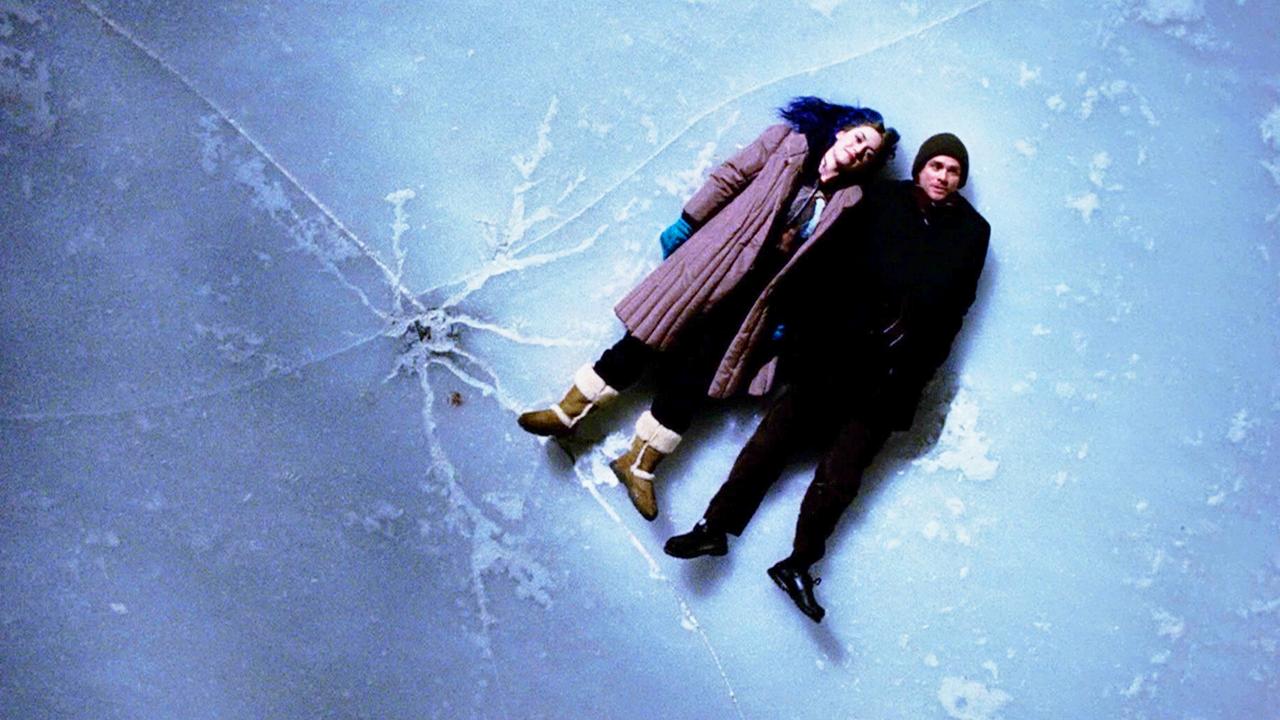
It’s easy to focus on the very end of Fight Club. But throughout the film, we’re seeing true filmmaking mastery on display. Fincher is so inventive with the way he details the main character’s issues, and it’s all in service of giving the ending that much more of a punch.
While is much more focused on the fantasy and adventure of everyday life, Michel Gondry is a similar filmmaker in that sense—as is a screenwriter like Charlie Kaufman. And with a movie they worked on together like Eternal Sunshine of the Spotless Mind, they revealed just how creative a filmmaking team can be when it comes to exploring deeply troubled characters.
Kiss Kiss Bang Bang (2005)
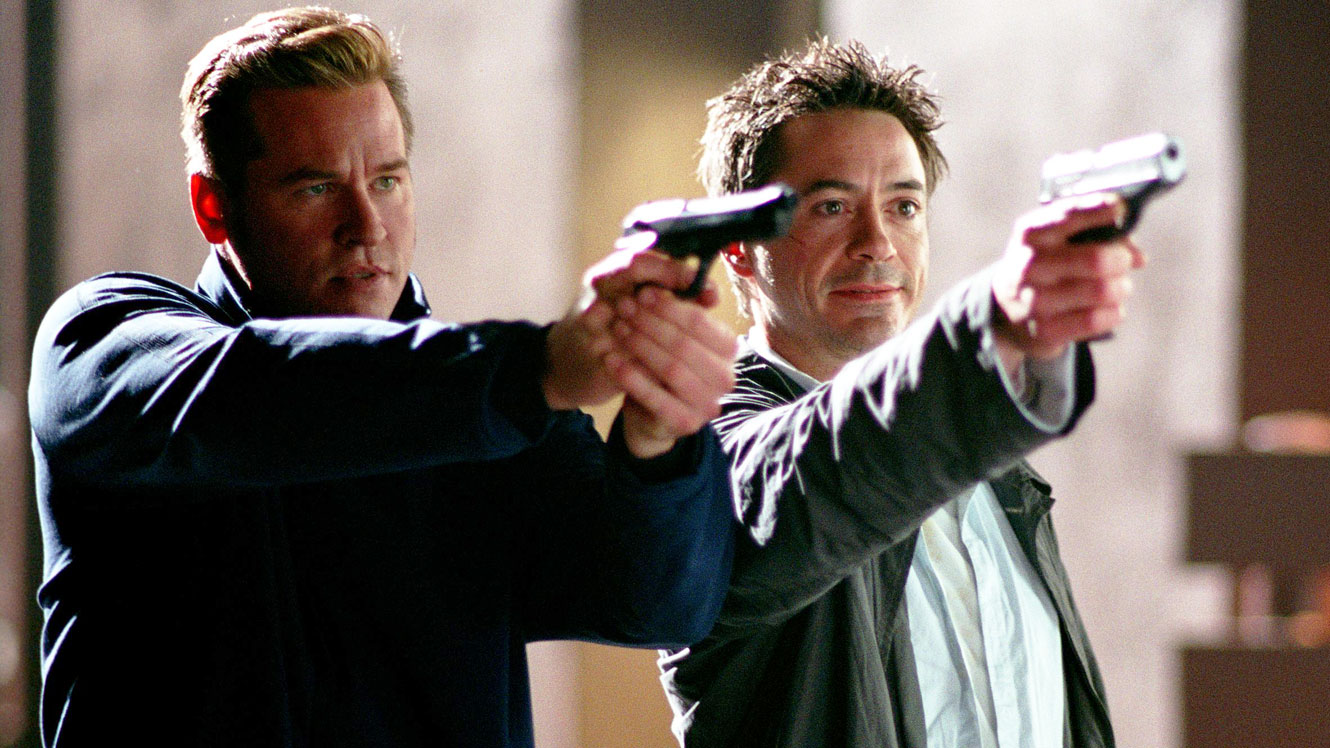
While I love many parts of Fight Club, what I might enjoy the most is the ambiance—the colors, the settings, the energy of the nightlife that our characters become such an essential part of. It’s a basic aspect of Fight Club that can be easily overlooked when compared to the more hyper elements of the film.
I also love Kiss Kiss Bang Bang in this way. Stylistically—if we look past the more experimental portions of Fight Club—Shane Black is a very similar director to David Fincher. They each are attentive to the mood and tone of a setting, of a situation. And in that sense, Kiss Kiss Bang Bang looks and feels a lot like Fight Club.
Stranger Than Fiction (2006)
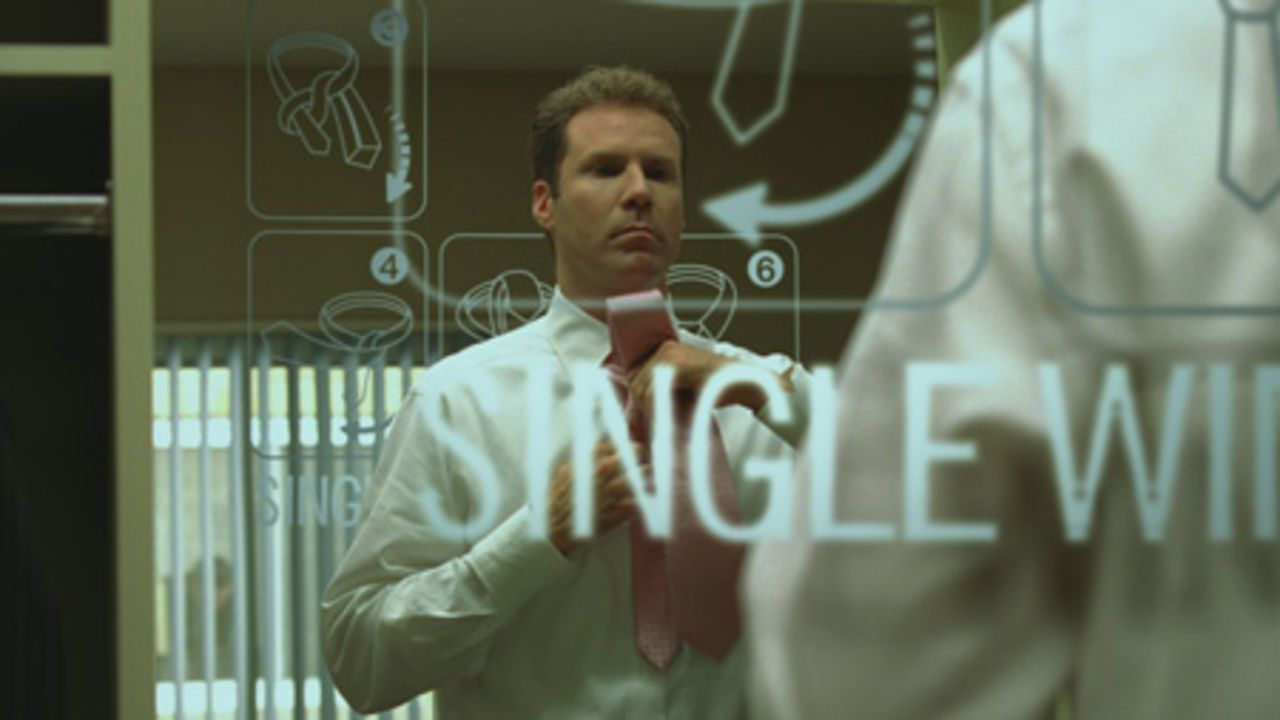
At the end of Fight Club, we come to understand that Edward Norton’s character has had a voice inside his head the entire time. And while he doesn’t actively recognize that the voice is there for most of the movie, we come to understand that he’s been fighting that voice the entire time.
This makes a comparison with Stranger Than Fiction very easy to make. The movie is a bit more obvious in its approach, as the film’s main character struggles with a literal voice inside of his head that narrates his life. But the end goal for the character in Stranger Than Fiction is the same as the character’s in Fight Club: to not be defined by that voice. Yes, the voice is there—but it’s not the boss of you. You have the power to tell your own story.

